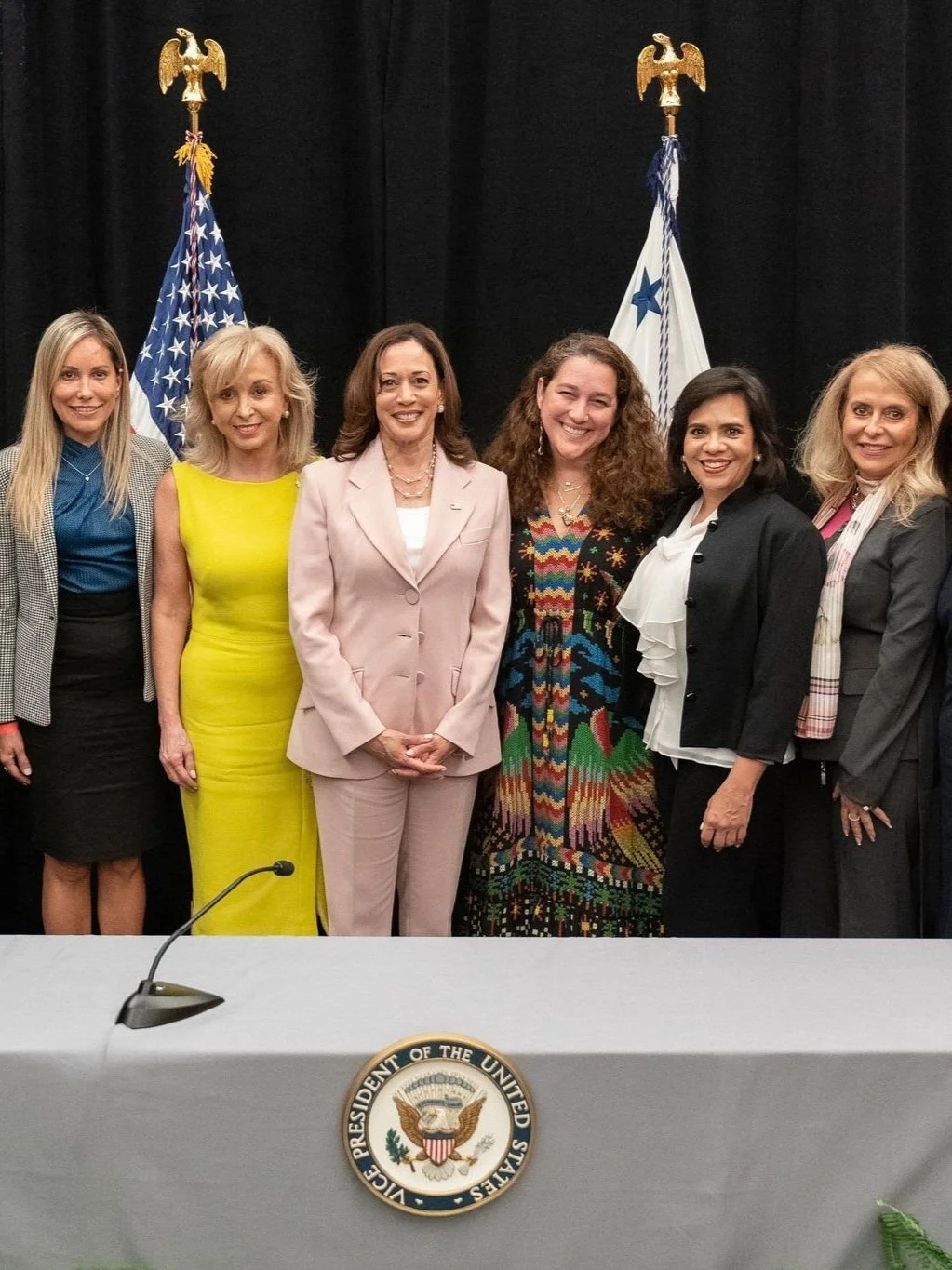"[We] are highly focused on making clothes in a responsible, sustainable way, that limits the impact on the environment and [which] challenges ourselves to continually work as hard as we can to improve how we manufacture," said Marta Ortega. The daughter of Inditex founder Amancio Ortega, speaking at the retailer’s AGM this week, was responding to the increasing calls from consumers for greater openness in terms of fashion’s environmental and social record, and her words are regularly echoed by many of her industry contemporaries today. But while several new sustainability-driven initiatives were announced by Inditex at the annual meeting, the extent to which such words and initiatives actually translate into real action is being called into question by environmental campaigners, many of whom claim that they are simply part of wider marketing campaigns.
Inditex is the world’s largest fast fashion retailer, generating €26.2 billion ($29 billion) in net sales in 2018. Counting Zara among its stable, which last year accounted for almost 70% of sales, it also owns Pull & Bear, Massimo Dutti, Bershka, Stradivarius, Oysho and Uterqüe. And while the group’s recently announced sustainability targets have been widely reported, they have in fact been designed to build upon on work that is already underway. “We’ve always been sustainability conscious,” Zara womenswear designer Bea Padin told Vogue.com in an interview this week. “[Our] production is adjusted in response to sales, thus minimizing surplus stocks, and by extension, waste.” And indeed, Inditex has been ranked the most sustainable company in the global retailing industry for the past three years.
An image from the campaign for Zara’s eco-conscious Join Life collection.
The Dow Jones Sustainability Index (DJSI) ranks companies according to economic, social and environmental criteria. Last year, Inditex scored a total of 68 points out of 100, putting it 45 points above the sector average, and it obtained some of the highest scores in terms of Supply Chain Management, Strategy for Emerging Markets, Contribution to Society, and Philanthropy and Human Rights. Examples of the group’s eco-credentials include installing clothes banks in more than 800 stores in 24 regions, resulting in the collection of more than 34,000 tonnes of used stock since 2015; partnering with charities such as the Red Cross on redistributing the used stock; working with the Massachusetts Institute of Technology to find feasible ways of fiber recycling; and launching its eco-conscious Join Life collection, which is made in factories that meet certain environmental and social standards using materials or processes that are deemed better for the environment.
Going forward, Inditex have made a raft of fresh pledges, which for the first time will be monitored by a board-level sustainability committee. These include a commitment to reduce energy consumption and water consumption at all Zara stores this year, by 20% and 40% respectively, with all brands within the group to meet this standard by 2020; increasing the amount of clothes it makes under its Join Life label, with more than 25% of the total group's products meeting the standards by 2020; eliminating all single-use plastic from customer packaging by 2023; and before 2025 it is aiming to only use recycled polyester, and ensure that all of its viscose, linen and cotton are produced more sustainably.
While this public commitment to greener production, if put into practice, is to be welcomed, it doesn’t address the equally pressing problem of consumption. It has been widely reported how collectively, we are consuming four times the amount of new clothing each year than we did just 20 years ago, fuelled by fast fashion and the pressure felt by some to continuously be seen in something new. And just earlier this month, the results of a study by Censuswide for the charity Barnado’s reported that Britons will spend £2.7 billion this summer on more than 50 million outfits that they will wear only once.
As reported yesterday in the Business of Fashion, the sheer volume of Inditex’s output raises questions about how sustainable a company that produces so much product can actually be, a concern that Eco-Age’s Livia Firth expressed in a subsequent Instagram post in which she called out “the inventor of Fast fashion” for effectively telling customers “that it’s all right to keep buying clothes you don’t need”. But despite releasing an average of 500 new designs a week, 20,000 a year, Executive Chairman Pablo Isla explained to BoF “We don’t feel like we are making a massive amount of clothes ”.
The company quite obviously doesn’t see its business model at odds with its sustainability goals, but others such as Firth counter that the only way to combat our over consumption is for fashion to move away from the fast fashion model and ever changing trends towards a model and mindset that focuses on enduring styles and increased quality. While sourcing more sustainable materials, a greater commitment to reducing emissions and vigilant waste management are a start, brands also need to look towards changing their manufacturing output if they are to make a real difference, and address the concerns of their increasingly environmentally aware customers.














